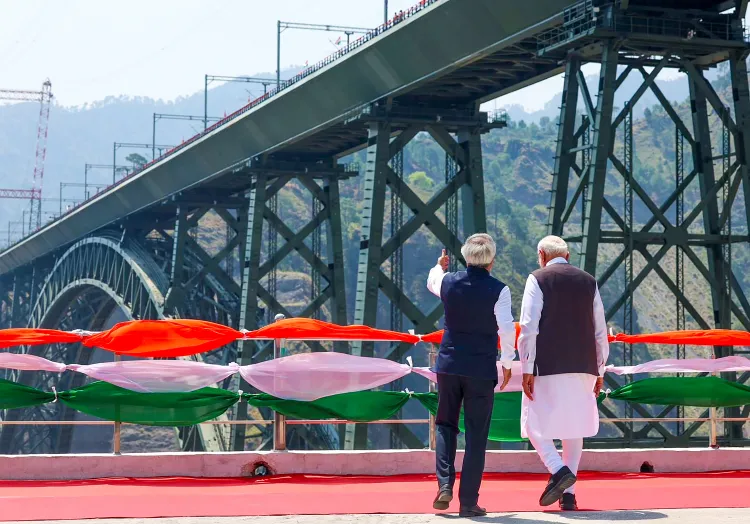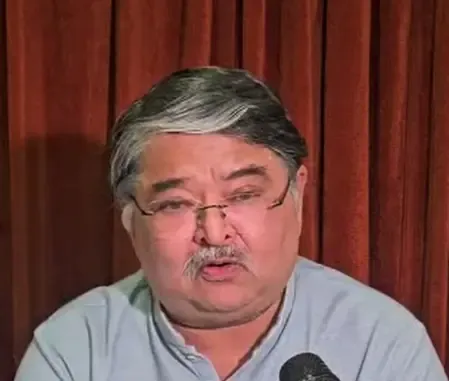How Has India's Infrastructure Evolved Over the Last Decade?

Synopsis
Key Takeaways
- Capital expenditure has surged to Rs 11.21 lakh crore.
- Infrastructure advancements include major projects like the Atal Tunnel.
- A focus on sustainability is driving next-gen infrastructure.
- Investment in road transport increased by 860%.
- Metro Rail Network expanded from 248 KM to 1011 KM.
New Delhi, June 11 (NationPress) Over the past decade, India’s infrastructure has undergone remarkable advancements, with capital expenditure skyrocketing from Rs 2 lakh crore in 2014-15 to an impressive Rs 11.21 lakh crore in 2025-26. This marks a substantial sixfold increase aimed at achieving the 'Viksit Bharat' vision, as stated by Finance Minister Nirmala Sitharaman on Wednesday.
The capital expenditure allocation has reached an all-time high of Rs 11.21 lakh crore for FY2026.
“India’s infrastructure has made significant strides in the last decade under Prime Minister Narendra Modi’s leadership,” FM Sitharaman mentioned in a post on X.
“There has been a remarkable increase of over 860 percent in the budget for road transport, now exceeding Rs 3+ lakh crore. Additionally, the Metro Rail Network has expanded fourfold, from a mere 248 KM in 2014 to an astonishing 1011 KM in 2025,” she elaborated.
According to the Finance Minister, projects such as the Atal Tunnel and the Chenab Bridge are transforming India’s engineering landscape.
“These engineering marvels reflect PM Modi’s vision of a modern, interconnected, and prosperous Bharat,” said FM Sitharaman.
She emphasized that India’s push for next-generation infrastructure prioritizes sustainability and a long-term perspective.
“We are laying the groundwork for a self-reliant India,” the Finance Minister asserted.
The government is on track to exceed its revised capital expenditure (capex) target of Rs 10.18 lakh crore for FY25.
This target was adjusted down to Rs 10.18 lakh crore (revised estimates) in the Union Budget for 2025-26, down from Rs 11.1 lakh crore. For the current fiscal year (FY26), the government has set a capex allocation of Rs 11.21 lakh crore.
According to Union Finance Minister Nirmala Sitharaman, the Indian economy is poised to remain the world’s fastest-growing economy, propelled by increased government capital expenditure in the 2025-26 budget and rising consumption, particularly in rural areas.
The effective capital expenditure is projected to be 4.3 percent of GDP in the 2025-26 budget, while the fiscal deficit stands at 4.4 percent.









